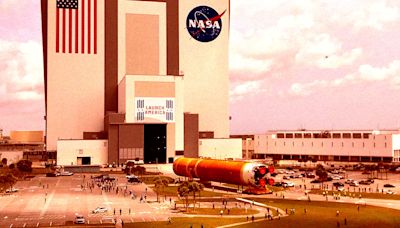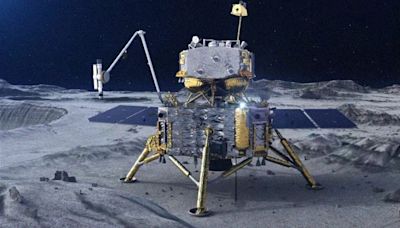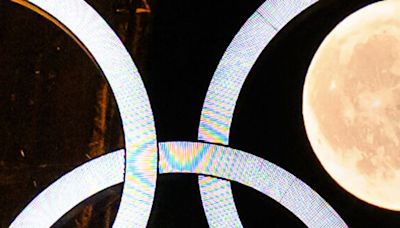Search results
The Earth and the Moon form the Earth-Moon satellite system with a shared center of mass, or barycenter. This barycenter is 1,700 km (1,100 mi) (about a quarter of Earth's radius) beneath the Earth's surface. The Moon's orbit is slightly elliptical, with an orbital eccentricity of 0.055. [1]
The Moon makes Earth a more livable planet by moderating our home planet's wobble on its axis, leading to a relatively stable climate. It also causes tides, creating a rhythm that has guided humans for thousands of years.
Jul 26, 2018 · What is the moon made of, and how did it form? Learn about the moon's violent origins, how its phases shaped the earliest calendars, and how humans first exp...
Google Moon. Google Sky Maps will soon be sunsetted in favor of the experience offered in Google Maps in Space and Google Earth Desktop. For more information see our help center . Link this view...
2 days ago · The Moon was the first new world on which humans set foot; the information brought back from those expeditions, together with that collected by automated spacecraft and remote-sensing observations, has led to a knowledge of the Moon that surpasses that of any other cosmic body except Earth itself.
As the Moon orbits Earth, different parts are in sunlight or darkness at different times. The changing illumination is why, from our perspective, the Moon goes through phases. During a "full moon," the hemisphere of the Moon we can see from Earth is fully illuminated by the Sun.
The Moon was likely formed after a Mars-sized body collided with Earth several billion years ago. Earth's Moon is the only place beyond Earth where humans have set foot, so far. Earth's only natural satellite is simply called "the Moon" because people didn't know other moons existed until Galileo Galilei discovered four moons orbiting Jupiter ...
Your distant view gives you a unique perspective on the Moon that can be hard to visualize from the ground, where the Moon appears to sweep through the sky as an ever-changing globe of light. From your astronaut’s viewpoint, you can see that the Moon is an average of 238,855 miles (384,399 km) from Earth, or about the space that could be ...
Sep 7, 2023 · Studying and understanding the Moon offers valuable insights into the cosmos and our place within it. So, the next time you look up at the Moon, remember that it’s more than just meets the eye.
May 23, 2023 · Learn how Earth's moon formed, how its orbit affects Earth's tides, why solar and lunar eclipses happen and the history of lunar exploration.





